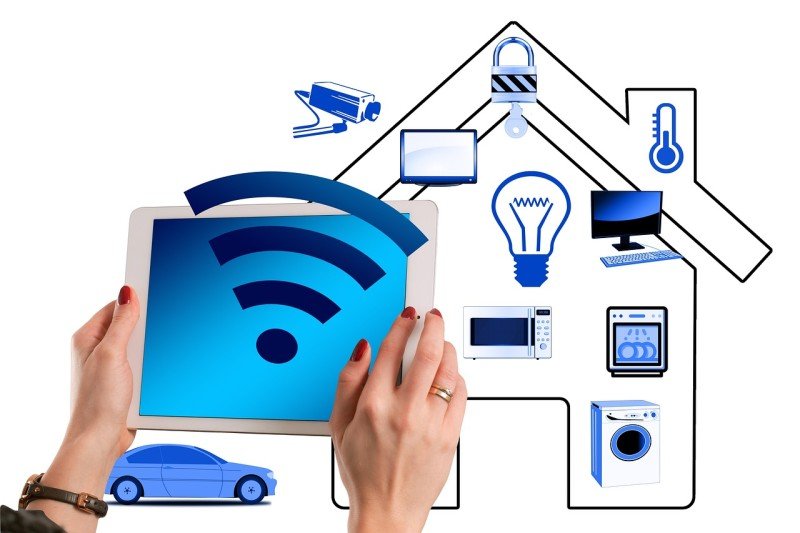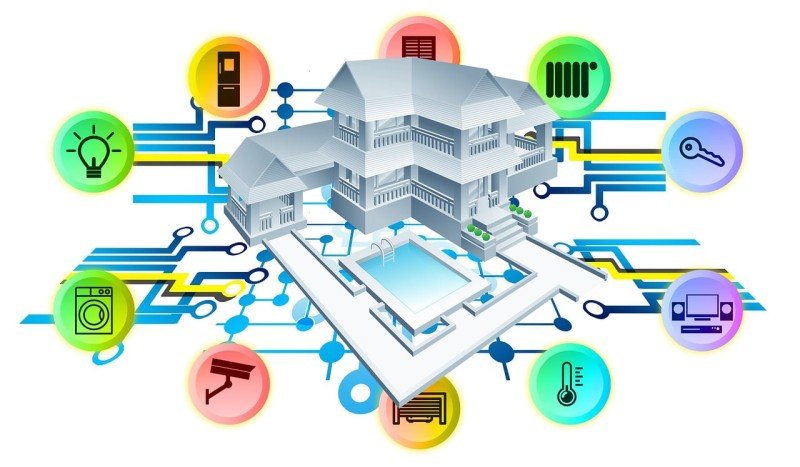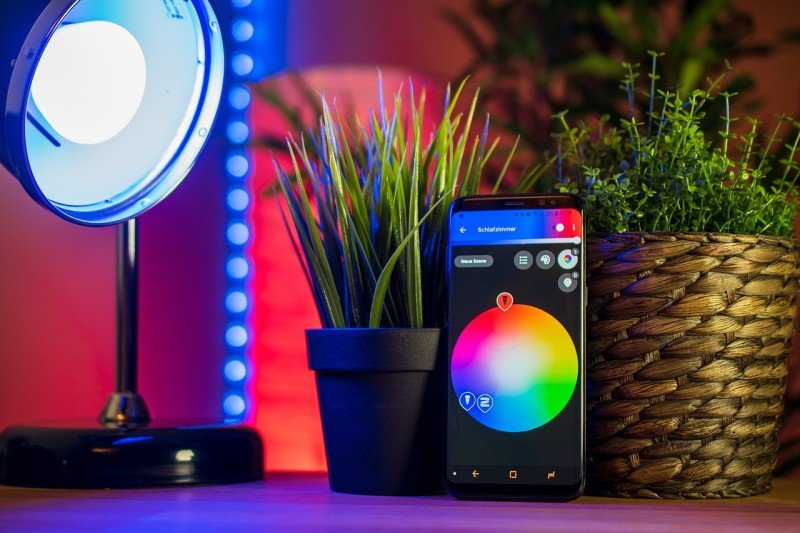When it comes to home automation, understanding WiFi is key. Many of the smart devices we use today, like smart bulbs, cameras, and thermostats, rely on a stable WiFi connection. It’s the magic wand that allows your gadgets to communicate with each other and with your smartphone, no matter where you are. But how does it actually work?
Essentially, WiFi uses radio waves to transmit data between your home network and your devices. Whether you're streaming music or controlling your smart lock from the office, it all runs on these invisible signals. The beauty of WiFi is that you can easily add new devices without the mess of running cables, making it a super convenient option for most households.
However, not all WiFi connections are created equal! The strength and speed of your network can make a big difference in how well your devices function. Things like the distance from the router, walls, and even other electronics can interfere with your signal. That's why it’s a good idea to place your router in a central spot and consider upgrading to a mesh network if you have a larger home.
Another important factor is security. Since WiFi connects your devices to the internet, it’s essential to keep it secure from potential hackers. Always use a strong password, and check if your devices have regular firmware updates. This way, you can enjoy the ease of automation without worrying about privacy issues.
The Benefits of Wired Connections
When it comes to home automation, many of us are tempted by the convenience of Wi-Fi. But there’s a strong case for wired connections too. Let’s dive into some of the key benefits that wired connections bring to the table.
First up, reliability. Wired connections are less likely to suffer from interference or connection drops. With Wi-Fi, you might experience dead zones in your home or slow speeds due to multiple devices fighting for bandwidth. Wired connections deliver a consistent performance, which is a big plus when you’re controlling smart devices that need to work smoothly, like security cameras or smart lights.
Next, speed is a significant advantage. Wired connections often offer faster data transfer rates compared to Wi-Fi. This means quicker response times for your home automation systems. Whether you’re streaming a movie with your smart TV or commanding your smart assistant, a wired connection can help everything run seamlessly without lag.
Let’s talk security. Wired connections provide an extra layer of protection. Since they aren't broadcasting signals throughout your home, it's much harder for outsiders to hack into your network. This keeps your personal data safer, especially important if you have smart devices that store sensitive information.
Finally, wired setups are pretty straightforward. Yes, you'll have to deal with cables, but once they’re in place, they generally require less ongoing maintenance. No need to reset your router or fiddle with settings every time your Wi-Fi acts up. Just plug it in, and you’re good to go!
Choosing the Right Setup for You
When it comes to home automation, figuring out the best setup for your needs can feel overwhelming. Do you go with WiFi or stick to a wired connection? The choice really depends on your lifestyle and what you’re looking to achieve with your smart home.
If you're all about convenience and mobility, WiFi can be a great choice. It's super easy to set up and doesn’t require any messy cabling. Plus, WiFi lets you control devices from anywhere as long as you've got an internet connection. This is perfect for those who frequently move their devices or rent their living space since you won't have to deal with installation complications.
On the other hand, a wired setup might be the way to go if you’re looking for reliability. Wired connections tend to be more stable, which means fewer interruptions and better performance overall. If you’ve got heavy internet usage or a lot of devices running, going wired can help ensure everything runs smoothly. Just keep in mind that it often involves a bit more work during setup, but it can be worth it for the peace of mind.
Think about your home layout and where you want your devices to be. If the layout allows or if you can run cables without a headache, wired might be a smart long-term plan. But if you want flexibility and ease, WiFi could be the way to go. Take your time to weigh the pros and cons, so you can pick the setup that feels just right for your smart home. Your choice will make a big difference in how you experience your automation system!
Troubleshooting Common Connectivity Issues
Having trouble getting your smart devices connected? You're not alone! Connectivity issues can be frustrating, but most of them are pretty easy to sort out. Here are a few common problems and simple solutions to help you get back on track.
1. Weak Signal
If your smart devices aren’t responding, it might be due to a weak Wi-Fi signal. Try moving your router closer to your devices or consider investing in a Wi-Fi extender. If you're using wired connections, ensure your Ethernet cables aren’t damaged and are plugged in securely.
2. Network Congestion
Sometimes, too many devices on your network can slow things down. Check to see how many devices are connected and disconnect any that aren’t in use. If you have a smart home hub, ensure it's properly managing your network traffic.
3. Device Compatibility
Check if your devices are compatible with your network. Some older smart devices might struggle with new Wi-Fi standards. If you have a wired setup, make sure your devices are designed to work with Ethernet connections.
4. Restart Everything
It sounds simple, but rebooting your router, modem, and smart devices can often clear up connectivity issues. Just power them off for a few seconds before turning them back on, and you might find everything working smoothly again.



